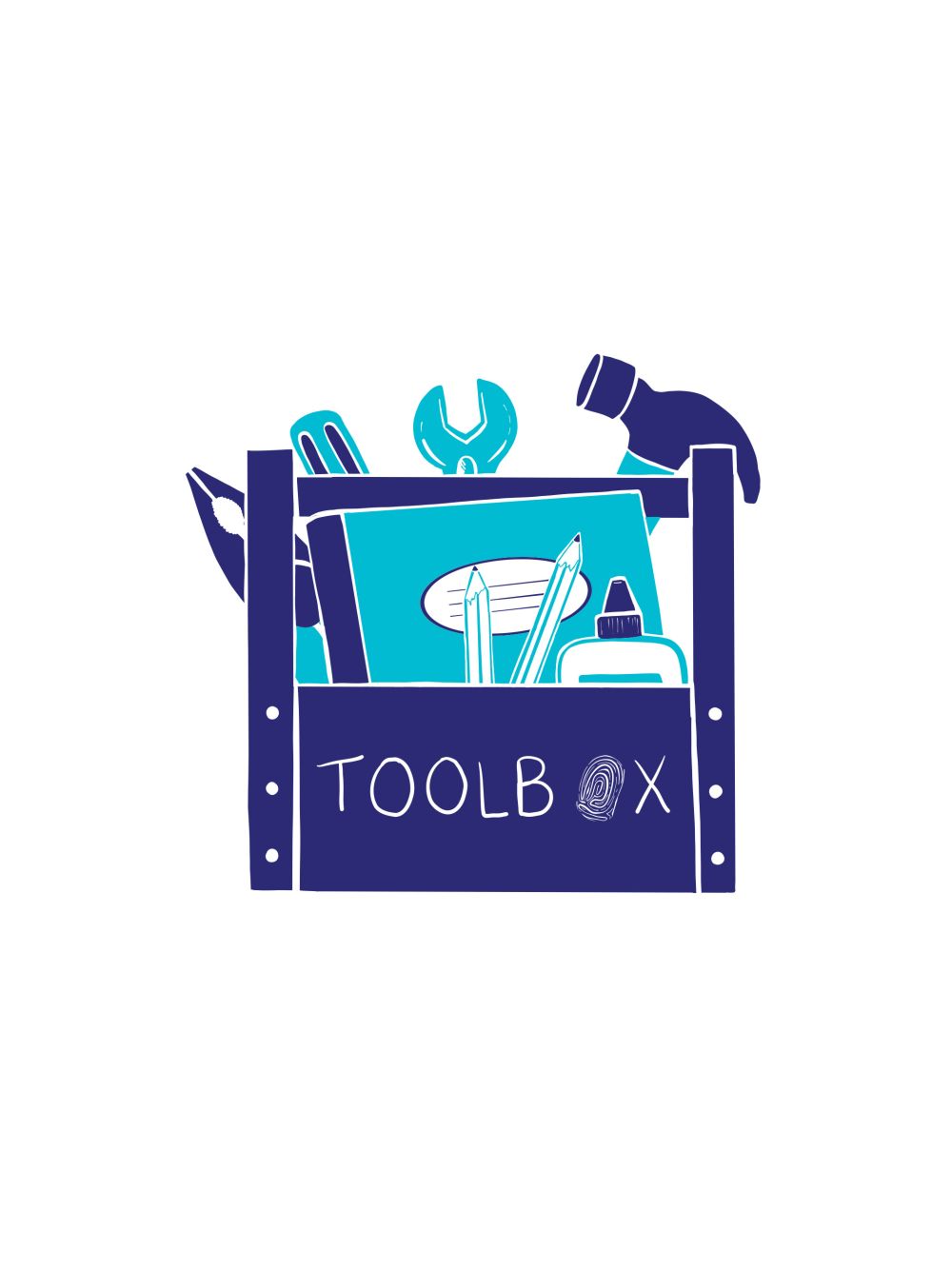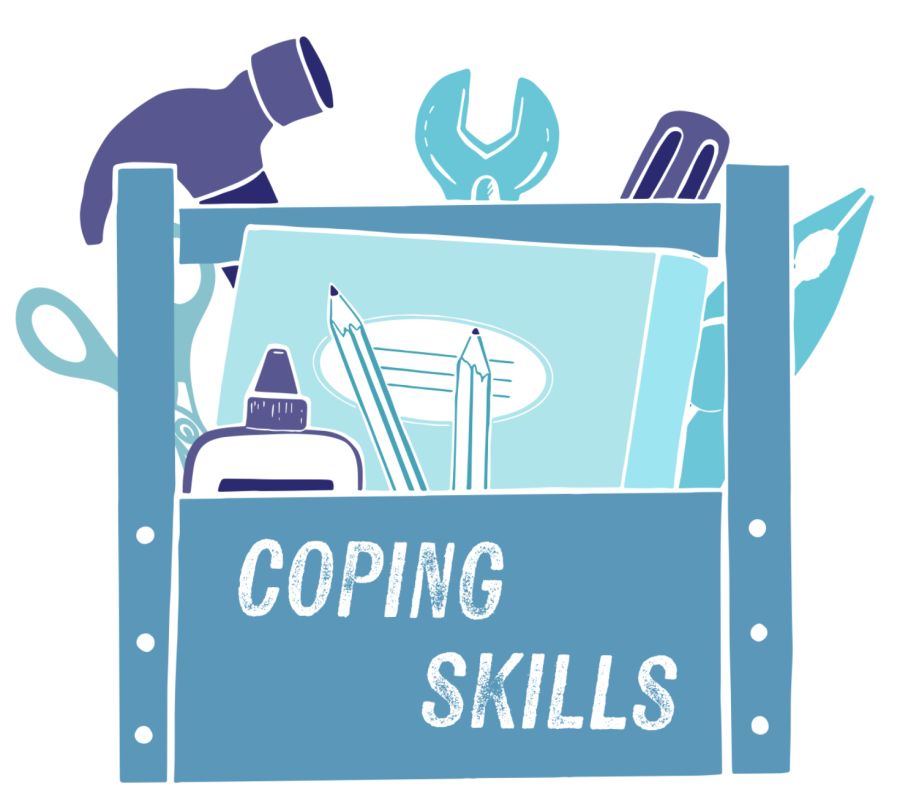
The ADHD/ADD Fingerprint

Take a moment to look at your hands. Do you see the intricate pattern of swirls on your fingertips? That is your very own unique fingerprint. Now, you might be thinking “So what? Everyone has a fingerprint.”, and you would be correct. Everyone has one, but no two people share the same design of swirls and lines that make up these unique patterns on our skin. The ADHD/ADD fingerprint works the same way. While a lot of people may have ADHD/ADD, it is unique to each person. It manifests itself in different ways for everyone based on a multitude of factors including physical conditions, diet, social/cultural environment and other physiological conditions.
If everyone experiences ADHD/ADD differently than why is the treatment the same? Great question! The truth is… IT’S NOT! Don’t listen to the self-proclaimed ADHD/ADD Gurus, claiming to have the ultimate cure for ADHD/ADD. While the idea that you can find all the answers in one place is alluring, it can lead to further frustration if this “ultimate cure” doesn’t work for you or your child. This can be a huge setback, as those with ADHD/ADD tend to blame themselves for any failure. That is why understanding the “fingerprint” is so important.
Here is how you or your child can discover their ADHD/ADD fingerprint. While there is no simple solution to attention disorders, there is a simple answer to finding what works for you. You need to try everything and see what skills and tools work for you or your child. When it comes to building your own unique toolbox, trial and error can be the best way forward. Try different styles of journals or planners. Keep track of what you like or dislike about them. Be open to trying new things. You may find that some things only work for a short while, and that is okay. Make a note of why that particular method stopped working for you, and be ready to move on to something else. When a method or tool doesn’t work for you, know the method or tool is failing you, and not the other way around.
The most important thing you can do to support a loved one as they build their toolbox, is to listen and show support. Do not criticize them when they try something that ends up not working. Instead remind them of how proud you are that they tried something new. Listen to them when they tell you they are frustrated. Try to remember that you both have different fingerprints, and a tool that works great for you might not work as well for your loved one. When you listen to them and cheer them on, you become a vital part of their toolbox. Together you can not only discover their ADHD/ADD fingerprint, but build a toolbox that sets them up for success.
Annalyse Tanzos
Related Articles That Might
Interest You

Neurodivergent Special Interest

Coping Skill( CBT techniques and DBT techniques)
